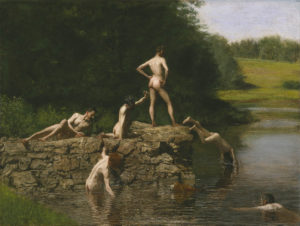This post originally appeared in the Blotch section of the Fort Worth Weekly's website. To consume it there : https://www.fwweekly.com/2017/06/27/sports-rush-defeating-the-sun-in-more-ways-than-one/
I had a couple of things I wanted to talk to Theresa Plaisance of the Dallas Wings about in this video interview.
Firstly, we needed to cover the team’s current four-game winning streak. It’s evened their record at 8-8, putting them squarely into a crowded playoff mix with a little more than half the season remaining. The fourth-year frontcourt player scored in double figures in three of the four games, and posted a career-high nine rebounds in Sunday’s win over Connecticut. Plaisance has gotten more playing time as a result of an injury to Courtney Paris and the Louisiana State product has taken advantage of it.
Secondly, I wanted to follow up on a conversation she and I had had after a recent game - a discussion, which interestingly enough, involved WNBA President Lisa Borders and Wings Chief Marketing Officer Nicole Smith. We talked about suntans or lack of same, and it turns out that Plaisance’s mom had certain rules regarding her daughter’s application of sunscreen. Since I was with the Wings outdoors during Monday’s team visit to the Dallas Zoo, I thought it appropriate to ask her to relay the story, and you’ll hear it in this video.
Side note #1: The funniest remark of the zoo visit was offered by assistant coach Bridget Pettis. As we approached the giraffe enclosure, she proclaimed “We finally found someone who can guard Brittney Griner,” referencing the imposing former Baylor post who puts up big numbers for the Phoenix Mercury.
Side note #2: The WNBA team that plays in Connecticut is named the "Sun." Plaisance recorded three blocked shots against them on, appropriately enough, Sunday. So in a sense, Plaisance blocked the sun twice in two days. And her mother’s a basketball coach, so DoBee Plaisance can probably claim some of the credit for both victories.
Rush Olson has spent two decades directing creative efforts for sports teams and broadcasters. He currently creates ad campaigns, television programs, and related creative projects for sports entities through Rush Olson Creative & Sports and FourNine Productions.
RushOlson.com
Linkedin.com/company/rush-olson-creative-&-sports
Facebook.com/RushOlsonCreativeandSports
![Charles M. Russell (1864-1926); Friend Guy [Guy Weadick], January 28, 1916; 1916; Ink, watercolor, and graphite on paper; Amon Carter Museum, Fort Worth, Texas; 1961.308.1](https://www.fwweekly.com/wp-content/uploads/2017/06/RussellLetter-1961-308-1_pr-191x300.jpg)


![George Catlin; "Archery of the Apachees [sic]"; ca. 1855; Oil on paper mounted on paperboard; Amon Carter Museum, Fort Worth, Texas, Gift of Paul Mellon; 1986.40](https://www.fwweekly.com/wp-content/uploads/2017/06/Apache-1986-40_pr-300x229.jpg)


